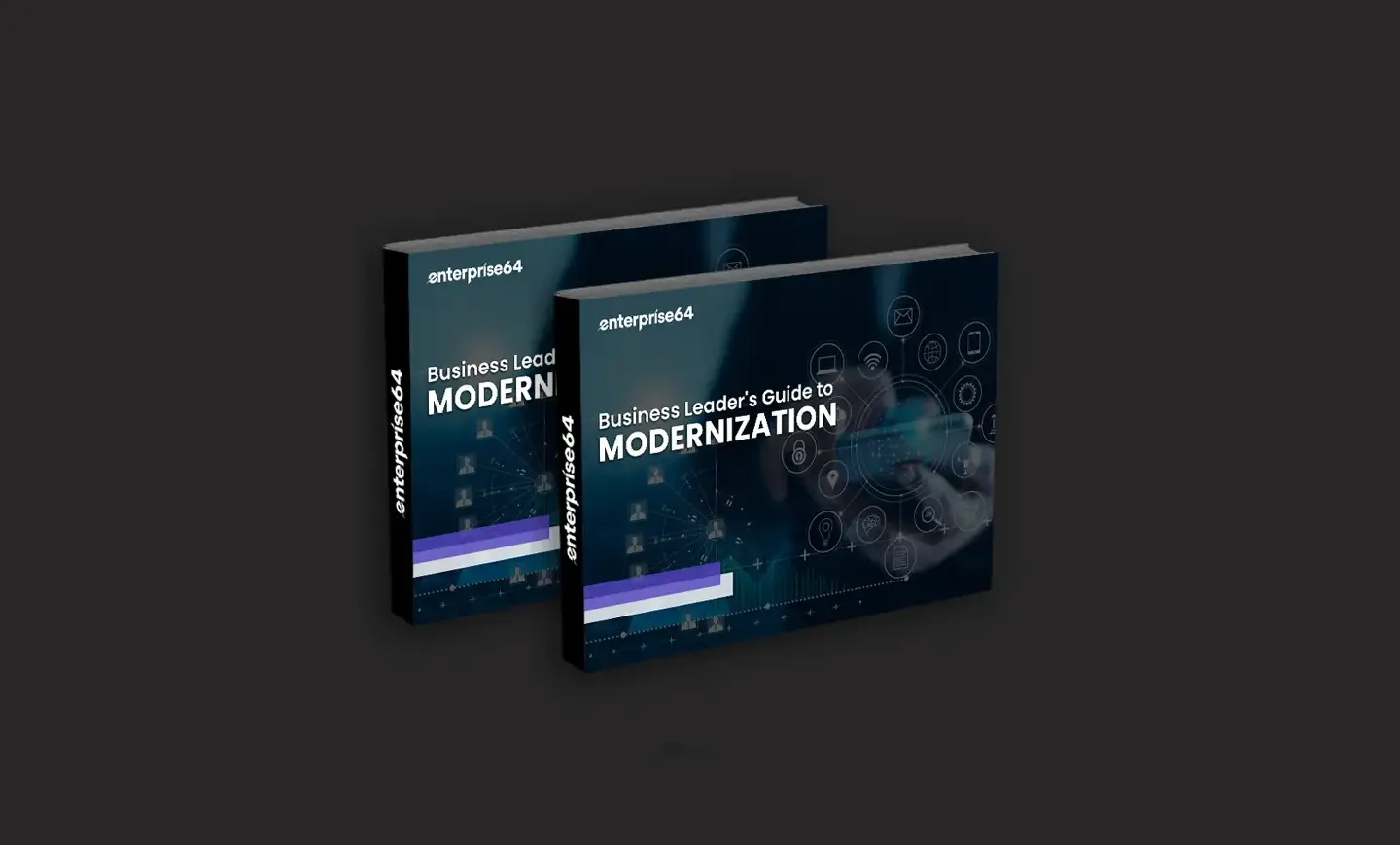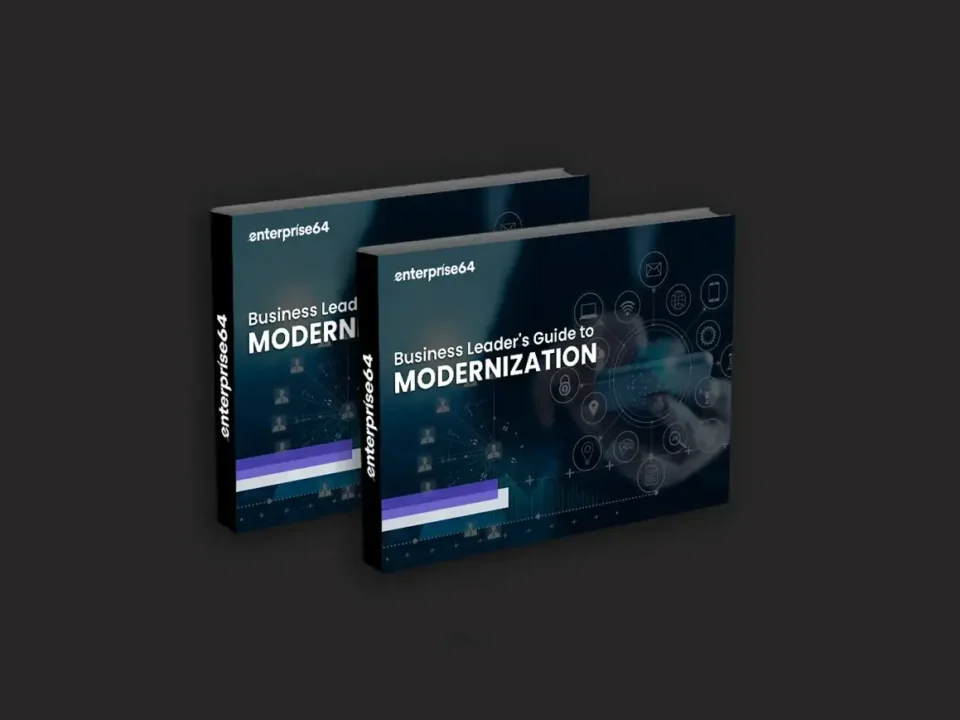Imagine a room where everyone comes from the same place, looks the same, and thinks the same. Sure, agreement might come easily, but the spark of innovation? That’s as rare as a unicorn in such settings. Now, picture a room pulsating with individuals from varied backgrounds, experiences, and thoughts. Here, ideas clash, dance, and meld to create something groundbreaking. This isn’t just a nice thought it’s backed by heaps of research.
- McKinsey & Company’s Findings: Companies with diverse teams spanning gender, ethnicity, and background tend to outperform their peers. Organizations with a strong commitment to diversity experience profitability increases of 25% to 36% compared to those with less diversity. This underscores the financial value of investing in a varied workforce.
- Insights from Harvard Business Review: Diverse companies are not only more inclusive but also more innovative. These organizations report a 19% higher revenue from new products and services, thanks to the wide array of perspectives that diverse teams bring. This success highlights how varied experiences and viewpoints are critical for driving innovation.
- Deloitte’s Research: Inclusive teams make superior business decisions up to 87% of the time, leading to 60% better results. This finding emphasizes the strategic advantage of diversity in decision-making processes, beyond just ethical considerations.
Identifying Diversity Issues in Your Organization
Identifying problem areas is straightforward with the data you likely already have, regardless of your organization’s size:
- Demographic Analysis: Compare your workforce demographics against industry benchmarks or the general labor market, looking especially at leadership positions and specialized roles. A significant discrepancy in leadership or other high-impact areas may indicate a diversity gap.
- Employee Feedback: Use anonymous surveys and create environments where employees feel safe to share their experiences. Feedback related to exclusion, discriminatory practices, or concerns about diversity often points to areas needing attention.
- Retention and Turnover Rates: Higher turnover rates among underrepresented groups compared to your organization’s average suggest systemic issues affecting those employees’ experiences and opportunities.
Addressing the Root Causes
To solve these issues effectively, address the root cause, which may involve several factors:
- Unconscious Bias: Automatic judgments based on our backgrounds can subtly influence hiring, promotions, and interactions, often without our awareness.
- Resistance to Change: Some individuals may resist diversity and inclusion initiatives, fearing disadvantages for certain groups. Demonstrating the universal benefits of diversity and inclusion is crucial for overcoming this challenge.
- Inclusion vs. Tokenism: It’s critical to genuinely include diverse voices rather than superficially meeting diversity quotas. Meaningful diversity efforts ensure individuals feel valued for their contributions.
- Cultural Insensitivity: Educating the workforce about different cultures and fostering an environment of respect can address misunderstandings and conflicts, making the workplace welcoming for everyone.
Strategies to Promote Diversity and Inclusion
Promoting diversity and inclusion requires deliberate action and sustained commitment:
- Cultivate a Diverse Talent Pipeline: Partner with educational institutions and offer scholarships to attract diverse talent from underrepresented groups.
- Foster Inclusive Leadership: Champions of diversity at every organization level can lead by example, offering mentorship and career development opportunities to support diverse employees’ advancement.
- Create Safe and Inclusive Spaces: Implement policies and practices that ensure all employees feel safe, valued, and included. Encourage open dialogue and proactively address bias.
- Measure and Hold Accountable: Use metrics and KPIs to track diversity and inclusion progress. Celebrate successes to motivate continued effort and improvement.
By embracing diversity and inclusion, we not only enrich our workplaces but also drive business success and innovation. Let’s commit to building a future where diversity is celebrated, inclusion is the norm, and innovation knows no bounds.










